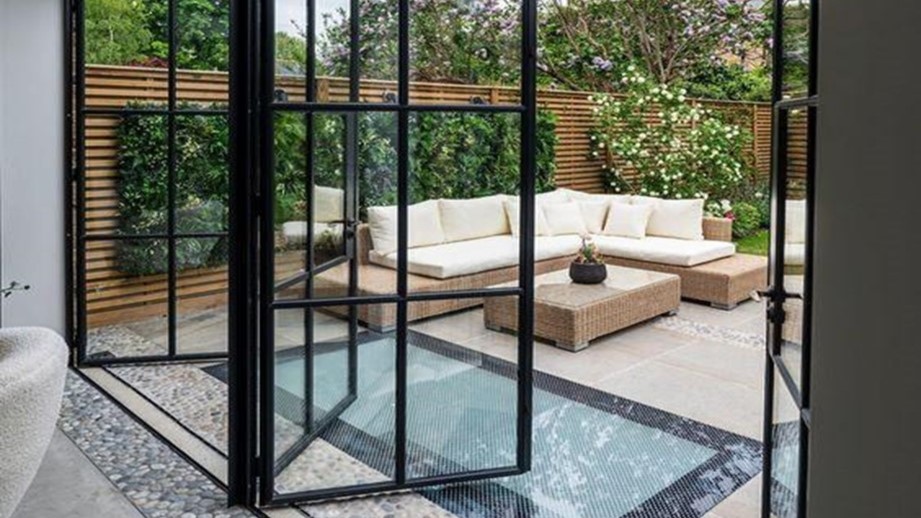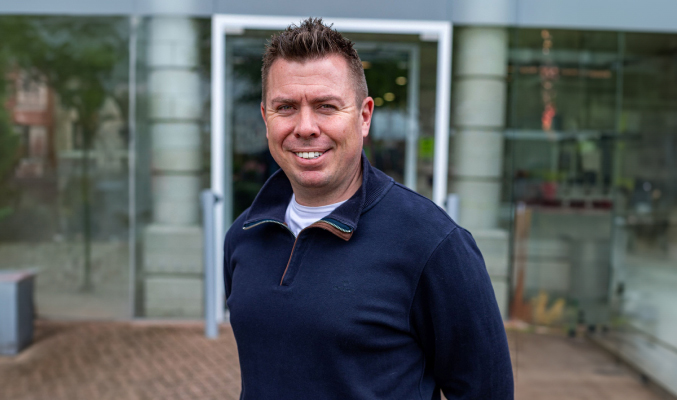Confidence against Covid – how lenders are living through lockdown 2.0
By Laura Miller

You’ve probably never heard of Georg Schmitt, head of corporate affairs at the World Economic Forum, but in January 2019 he wrote a press release that now appears guided by crystal ball. It was entitled, Risks to Global Businesses from New Era of Epidemics Rival Climate Change.
It pointed out since 2011 the world has seen nearly 200 epidemics per year, and so should probably prepare for a serious health event. Unfortunately Scmitt was too modest in his ambitions.
Pandemics would be the cause of average annual economic losses of 0.7% of global GDP – or $570 billion – it said, a threat similar in scale to that estimated for climate change in the coming decades. In June the World Bank’s baseline forecast for Covid-19 envisioned in 2020 alone a contraction in global GDP of 5.2%.
Businesses just aren’t used to the new merry-go-round of stop-start operations being caused by intermittent lockdowns. Never has there been more need to make lemonade out of lemons – is now a vital lesson in adaptation, or a recurring punishment to good practice?
“It’s both,” says Colin Sanders, chief executive officer at bridging lender Tuscan Capital. “Versatility and being nimble and ready to adapt in your business is critical in these times,” he adds.
While the first lockdown was a virtual derailment, lockdown 2.0 arrived with less surprise and more preparation. “The second time around feels completely different given what we learnt in version one,” says Sanders.
Professionally everyone at Tuscan reverted to the working pattern practiced in the first lockdown. “We were completely prepared to work from home again. We made a number of adjustments to hours but nothing fundamental,” says Sanders.
Bridging lending has not been immune from the erratic uncertainty caused by Covid. Lending was stable in 2019 and predictions at the start of this year were for a strong 2020. Instead the latest figures from MT Finance’s Bridging Trends reveal a 45% fall in gross bridging loan volumes in the first half of the year, as activity was dented by the first lockdown.
However, this time around there were none of the restrictions on construction workers, valuers or surveyors seen in the Spring. Sanders says this has meant Tuscan “can operate more effectively compared to version one”.
Personally he says lockdown 2.0 has been “more bearable given there is some sport to watch on TV and my family are all at home with me”. With essential shops open and into their rhythm of lockdown operations, this time around seems, he adds, “more functional”.
Adaptation is the key to survival. The technological and human infrastructure put in place at such pace in March has acted as a vital safety net for many companies in this new lockdown. “We were ready for it,” says Mark Posniak, managing director at lender Octane Capital.
Every member of the Octane team reverted to working from home. “Thankfully, we were able to implement some great processes in the first round and as a result it was pretty much business as usual for us,” he says.
With lockdown now more than a one-off phenomenon, businesses are left figuring out the best way to bend and flex into an era where going to the office is a far less predictable way of working. Even the need for offices and desk-based staff at all, once a given, is in dispute.
Posniak isn’t ditching the HQ just yet. “Feedback from the team is they prefer to work together in the office,” he says, in a reflection of his own feelings –“I miss the face to face interaction with the team”, he adds, “but we try to make up for it with video calls and zoom calls where possible.” Staff working from home will be flexible depending on role moving forward.
In the wake of the first lockdown, brokers bemoaned lenders pulling up the drawbridge with tighter restrictions and higher interest rates, features of a borrowing landscape where threats from unemployment to lack of demand for city centre commercial space, seemed overwhelmingly to outweigh opportunities.
Four months on a while those criticisms remain, brokers are reporting some thawing among bridging lenders. “Thankfully we have had a very strong year and continued lending throughout the first and second lockdowns,” says Posniak. Octane Capital, he points out, never furloughed any staff, actually increasing its headcount “to ensure service levels could be maintained throughout lockdown periods”.
Tuscan’s Sanders says the real issue is the hit of another lockdown to borrowers, not lenders. “The biggest impact has been on borrower confidence to commit to plans for 2021,” he says, “pre-lockdown version two things were picking up”.
With news of several vaccines being ready by the Spring or before, stock markets have jumped, making asset holders feel richer and more hopeful. The panic seen at the start of the health crisis, manifested most obviously in stock piling everything from pasta to loo roll, is absent this time around.
For property in particular the stamp duty holiday until next March has sent average house prices to record highs – breaching £250,000 for the first time, according to Halifax – as buyers swap city living for rural idylls, now that working from home looks like a feature not a bug of pandemic living. Likewise the Treasury’s extension of furlough until next Spring has stemmed the tide of redundancies, at least for a while.
Confidence can be a trick, but it is not without effect. “Our industry has always been highly agile and able to respond quickly to whatever challenges are thrown at us and I think Octane as a business is incredibly well placed to capitalise on the opportunities that will be presented,” says Posniak of the coming months.
Next year means “more of the same for us”, he says undeterred. “We intend to continue to grow our short term book whilst also increasing our market share in specialist buy-to-let lending too.”
For Sanders bridging lending business in 2021 can be encapsulated in just three words whose brevity belies their as yet inconceivable difficulty; “Lean, flexible – and relentless”.

Laura Miller is a freelance journalist who writes about money and business. She regularly appears in UK national and trade newspapers and magazines, and has previously worked for ITV News and the Telegraph among others. Find her on twitter @thatlaurawrites










You must be logged in to post a comment.